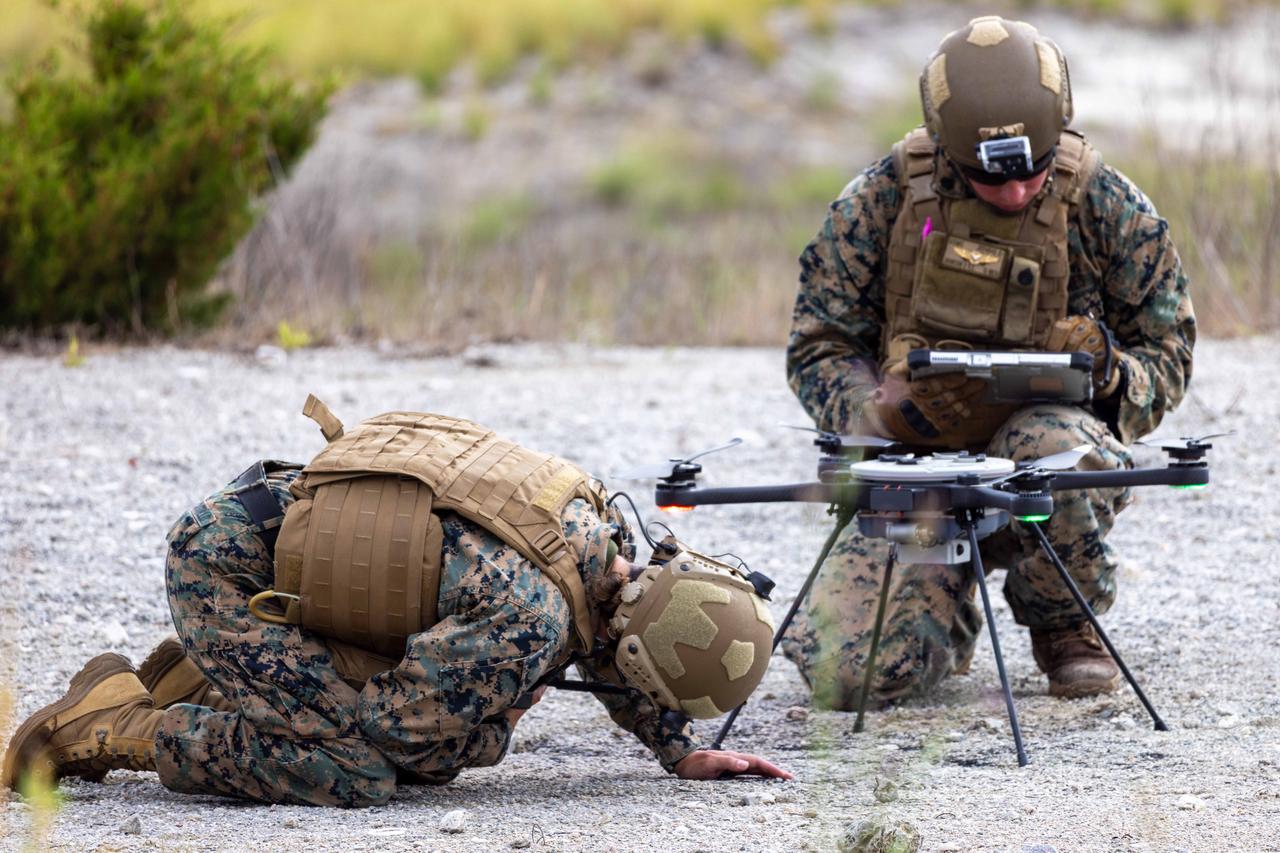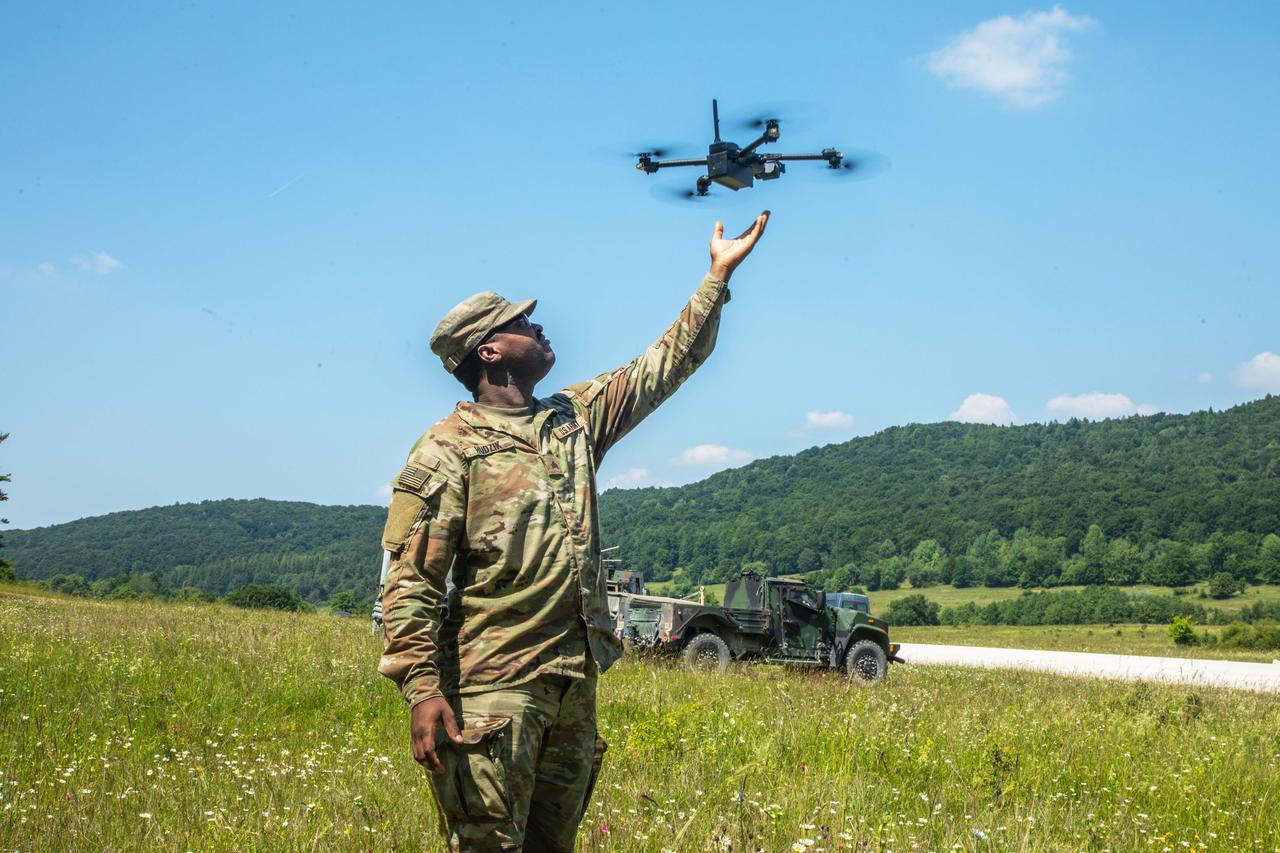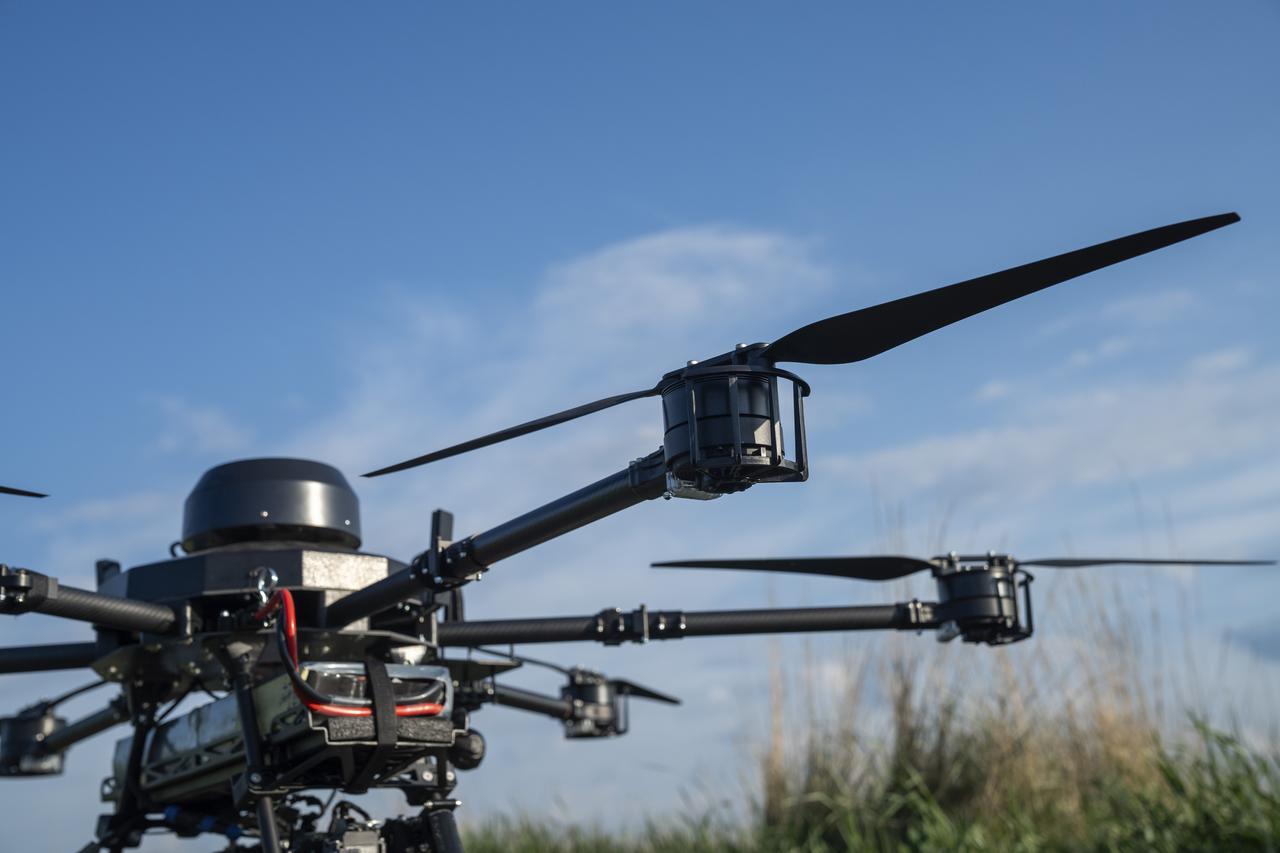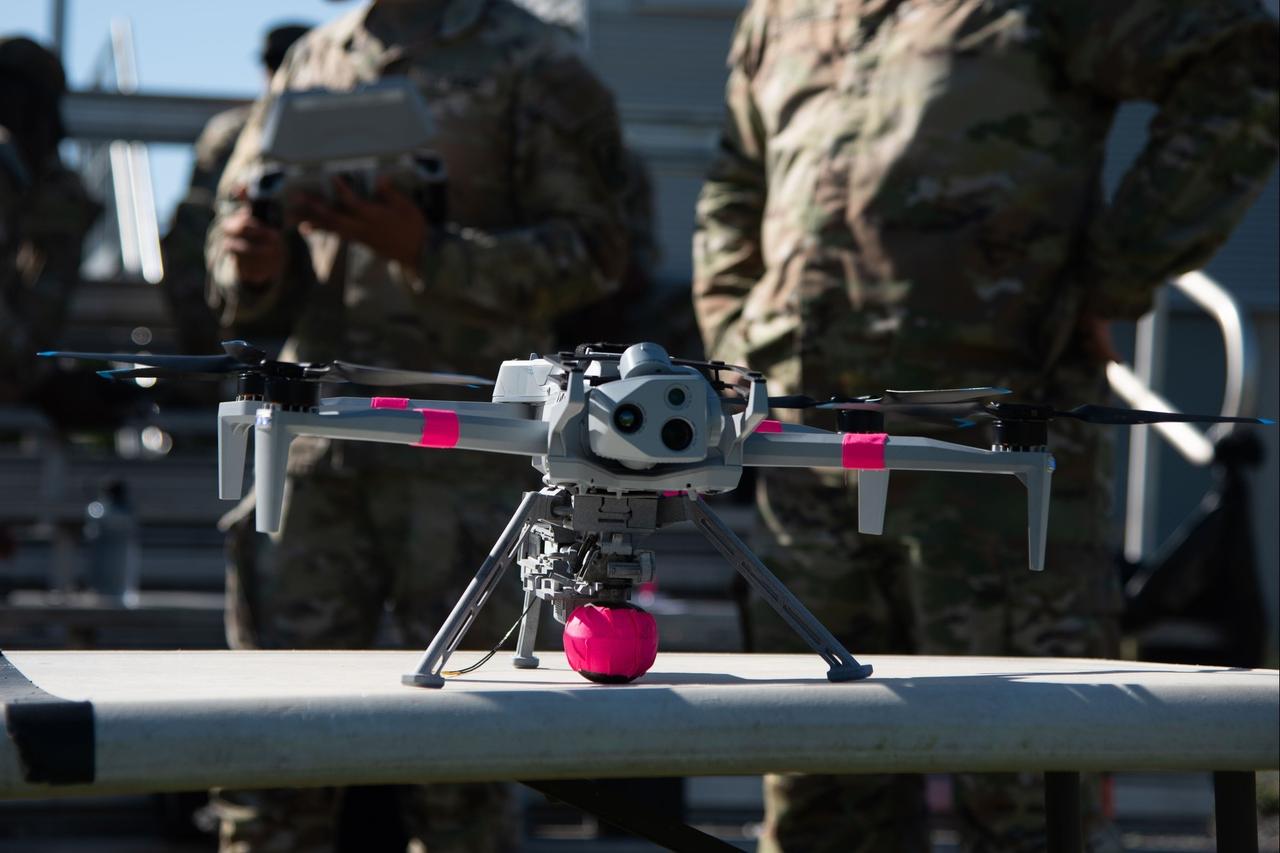
U.S. Defense Secretary Pete Hegseth signed a sweeping memo Thursday to accelerate modernization of the nation's drone program, boost domestic production and eliminate regulatory barriers that have hindered innovation in military unmanned systems.
The memo, titled "Unleashing U.S. Military Drone Dominance," represents a fundamental shift in how the Pentagon approaches small drone technology.
The policy changes follow U.S. President Donald Trump's June 6 executive order directing the federal government to prioritize drone technology as a cornerstone of national defense strategy.
"While global military drone production skyrocketed over the last three years, the previous administration deployed red tape," Hegseth wrote in the memo.
"I am rescinding restrictive policies that hindered production and limited access to these vital technologies, unleashing the combined potential of American manufacturing and warfighter ingenuity," he stated.

The most significant change involves reclassifying Group 1 and Group 2 drones as "consumable commodities" rather than durable property. Group 1 drones weigh up to 20 pounds (9 kilograms), while Group 2 systems weigh between 21 and 55 pounds (25 kilograms).
"Small Unmanned Aircraft System (S-UAS) resemble munitions more than high-end airplanes," the memo states. "They should be cheap, rapidly replaceable, and categorized as consumable."
This reclassification means smaller drones will be treated more like hand grenades and ammunition than traditional aircraft, fundamentally changing procurement, maintenance and logistics requirements.

Hegseth highlighted the ongoing conflict in Ukraine as a key driving force behind the changes, noting how small drones have become an omnipresent factor on both sides of the fighting.
"Drones are the biggest battlefield innovation in a generation, accounting for most of this year's casualties in Ukraine," Hegseth wrote. "Our adversaries collectively produce millions of cheap drones each year. U.S. units are not outfitted with the lethal small drones the modern battlefield requires."
Companies in Ukraine are reportedly on track to produce 2.5 to 3 million drones of all kinds in 2025, highlighting the scale of production the U.S. military aims to match.

U.S.' new drone strategy centers on three key initiatives outlined in the memo.
First, the Pentagon is set to bolster the U.S. drone manufacturing base by approving hundreds of American products for military purchase. "Leveraging private capital flows that support this industry, our overt preference is to Buy American," the memo states.
Second, the military will "power a technological leapfrog, arming our combat units with a variety of low-cost drones made by America's world-leading engineers and AI experts."
Finally, the Pentagon will transform training to simulate modern battlefield conditions. "To simulate the modern battlefield, senior officers must overcome the bureaucracy's instinctive risk-aversion on everything from budgeting to weaponizing and training," Hegseth wrote.
The Pentagon has established ambitious timelines for implementation. By Sept. 1, 2025, all military services must establish experimental formations focused on rapidly scaling small drone capabilities across the Joint Force by 2026.
"By the end of 2026, every squad will have low-cost, expendable drones, prioritizing Indo-Pacific combat units," the memo states.
Each service branch is also directed to conduct a holistic review within 60 days to "identify programs that would be more cost effective or lethal if replaced by UAS."
The policy includes plans to establish new drone ranges and integrate unmanned systems into routine training. Working with the Federal Aviation Administration, installation commanders will "remove inappropriate range restrictions, fast-track and expand spectrum approval, and establish a variety of UAS training areas."
Within 90 days, the military departments must jointly designate at least three national ranges with diverse terrain for deep drone training. "By 2027, major training events across the Department must integrate UAS," the memo requires.

The U.S. Marine Corps has been particularly vocal about embracing drone technology. Marine Lt. Gen. Benjamin Watson described the service's evolving approach during a panel discussion in April.
"One of our mantras, kind of bumper stickers, which has real meaning for us culturally as a service, is sort of 'every Marine (a) rifleman,'" Watson said. "But now, if you use technology, that same Marine can be just as lethal at ranges out to 15 to 20 kilometers and beyond."
Marine Maj. Gen. Jason Woodworth added that Marines will soon "be able to carry a guided hand grenade, throw it up in the air with loiter capability, and somebody behind them is going to be able to guide that."
FPV drones or in general small unmanned aircraft systems which have found increasing use on the battlefield since the Ukraine-Russia war, continue to be the preferred choice for every country due to their cost-effectiveness.
The U.S. military does not want to fall behind its biggest rival, China, especially in the field of Manned-Unmanned Teaming (MUM-T). Considering that China is currently conducting MUM-T exercises, this can be seen as one of the steps taken to prevent the U.S. from "falling behind" in a cyclical sense.